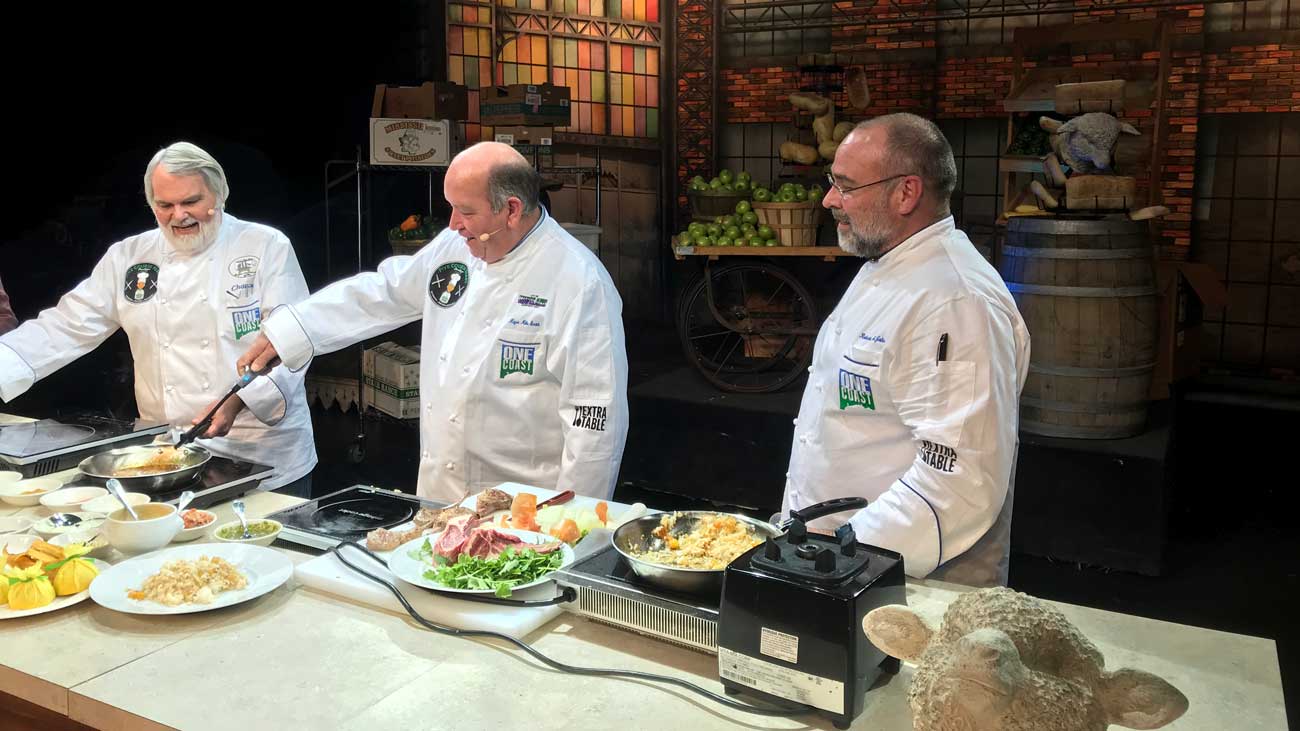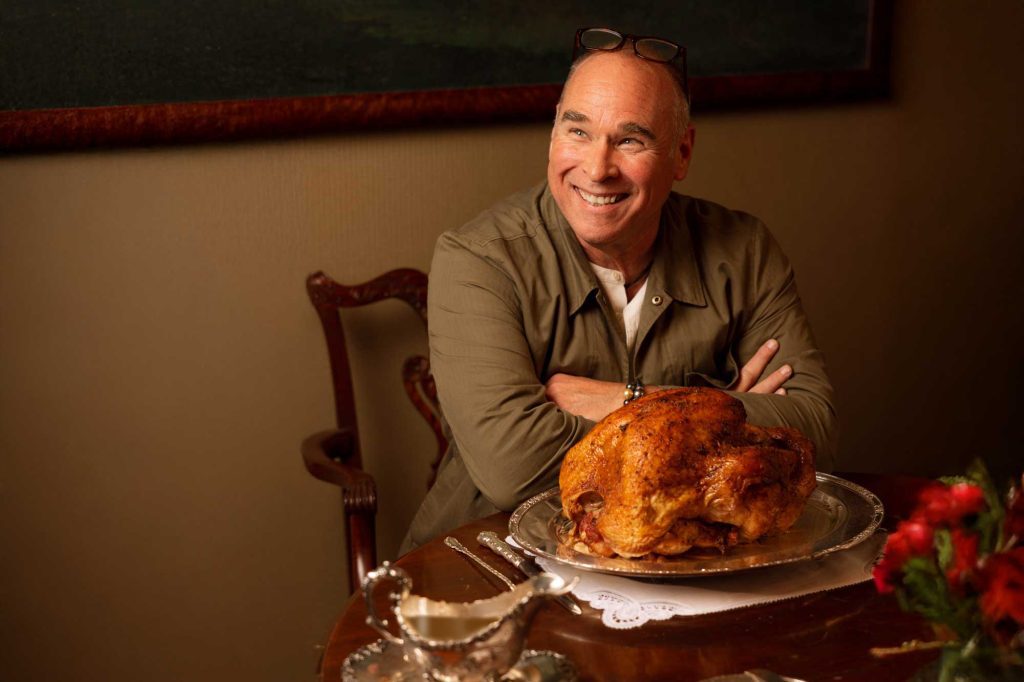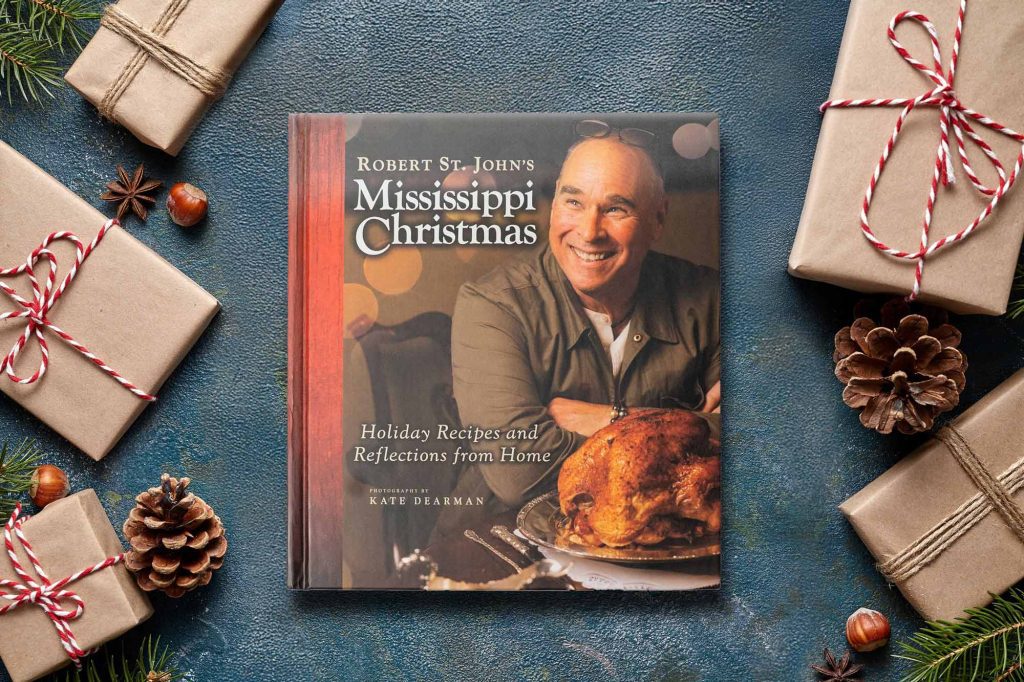Everyone has “that friend” who is distinctively unique, opinionated, not afraid to speak his/her mind, and not afraid to call someone out— and to tell them about it— when they think they are wrong. I married a person like that. I also have a friend like that.
“That friend” for me is David Trigiani, and he’s a great guy. I have written about Trigiani often. He is the person who introduced me to Italian cooking and the Italian way of living. Trigiani, a retired architect, amateur chef, and all-around bon vivant, is an American and Italian citizen. This dual-citizen friend and I spent many hours in his home kitchen in Jackson when I was researching authentic Italian family recipes before opening our Italian restaurant five years ago. Many of the dishes came from his mother’s kitchen in his childhood home in Pennsylvania, others he learned on his numerous travels through Italy.
Trigiani joined me, my family, and my collaborator/friend, Wyatt Waters, as we traversed the Italian countryside for 10 weeks while working on my third book project with Waters, An Italian Palate. Trigiani’s knowledge of the country and detailed experience traveling through the regions and villages of Italy was vital to the planning of the trip and completion of the book. It truly couldn’t have been done without him.
The idea for that book was born in Trigiani’s dining room. While developing recipes for the Italian restaurant, I was simultaneously planning the six-month long trip to the European continent with my family. I spent several Wednesdays in Jackson cooking recipes with Trigiani in his kitchen. Once all of the food was prepared I usually called Waters over to join us for lunch to eat the fruits of our culinary labors. It was during one of those lunches that the idea for the Italian coffee table cookbook that would become An Italian Palate was born, and Waters and I— along with Trigiani— started working on the game plan for book and recipe development.
Several of the recipes in the book are dishes that I learned from Trigiani. First and foremost among them is a simple dish that he cooks often that I have written about several times, and one that I eventually named Pasta Trigiani. Like most “true Italian” recipes it’s a simple dish with minimal ingredients.
Pasta Trigiani uses extra virgin olive oil, minced garlic, crushed red pepper, and anchovies tossed in capellini or angel hair pasta. That’s it. The recipe sounds simple, and it is, as long as one follows a couple of key instructions, namely don’t brown the garlic. People who say they don’t like anchovies love this dish because the anchovies dissolve in the cooking process and people don’t even know that they are there. My kids have been eating this dish their entire lives and love it.
The one thing you should know about Trigiani is that the longtime bachelor is very set in his ways. He has certain ideas about how things should be done and, by gum, that’s the way they are going to be done (or cooked). The world is black or white, salt or pepper, yes or no. Period. Things that might seem like simple additions or alterations don’t fly with Trigiani, especially with his recipes. He is not the least bit scared to speak his mind, and never afraid to call someone out when he thinks that they are wrong. It’s slightly uncomfortable at times, but I respect that and I appreciate knowing where he stands.
You should also know that, as a general rule, Italians don’t add cheese to any dish that features seafood. Anchovies are considered seafood, so one shouldn’t be too surprised when Trigiani became extremely indignant when I added grated Romano cheese at the end of the Pasta Trigiani recipe. “That’s not how I make it!” Trigiani said.
“I know, but my kids like it that way, and most Americans want a little cheese on their pasta.”
“I don’t care. That’s not how it’s made!” The reader might read extreme anger into that statement, but friends of Trigiani know that he’s really a teddy bear at heart, and so I took great enjoyment out of teasing him about the addition to his recipe.
Trigiani was a little upset when I released the Pasta Trigiani recipe in the paper with cheese in it. But his frustration reached a zenith when the cookbook was released and grated Romano cheese was listed as the final accompaniment in the recipe. So much so that, to this day, if Trigiani walks into a kitchen where An Italian Palate is sitting on a counter or shelf, he will pick up the book, turn to page 46, take out his pen, and scratch through the Romano cheese at the end of the Pasta Trigiani recipe and write “NO!” in the margin.
I love that! He’s not really angry, but you’ve got to love a guy who is that passionate about his passions.
Waters recently entered bachelorhood and has been testing recipes. The first recipe he ever tried in the kitchen of his new home was Pasta Trigiani from our book. He was so proud he called Trigiani, “David, I made Pasta Trigiani tonight!”
“Did you use cheese?” Trigiani asked.
“That’s what was in the recipe,” Waters replied. “Except I added more cheese.”
For the record: Trigiani had major heart surgery a few days after that conversation. I cannot confirm, or deny, that the recent surgery had anything to do with his reaction in the immediate moments after the “cheese” phone call.
He is a dual-citizen Italian and a lover of all things— food, wine, design, and women— that emanate from that country, and a true friend. In the end, you have to admire anyone who is brazen enough to mark up cookbooks in someone else’s kitchen.
Chin chin, David. La ringrazio molto, e passare il formaggio, per favore!
Pasta Trigiani
1 lb. Dry angel hair pasta
1 gallon Water
¼ cup Kosher salt
1 ½ cups Extra virgin olive oil
3 TB Garlic, minced
2 each 2 oz. tins anchovies (about 3 per person)
¼ tsp Crushed red pepper
2 TB Reserved pasta water
¼ cup Romano Pecorino, grated
In a large skillet over very low heat, warm the oil and garlic being very careful not to burn. Allow the oil and garlic to infuse for 10 minutes. Again, be very careful not to burn or even brown the garlic. Simply remove the skillet from the heat if you feel it is too hot and allow to cool slightly for 3-4 minutes before returning to the heat.
Add the anchovies and let steep for an additional 5 minutes (they will dissolve). Fold in the crushed red pepper, hot angel hair pasta, reserved pasta water and cheese, combining thoroughly.
Divide among 6-8 serving bowls.



